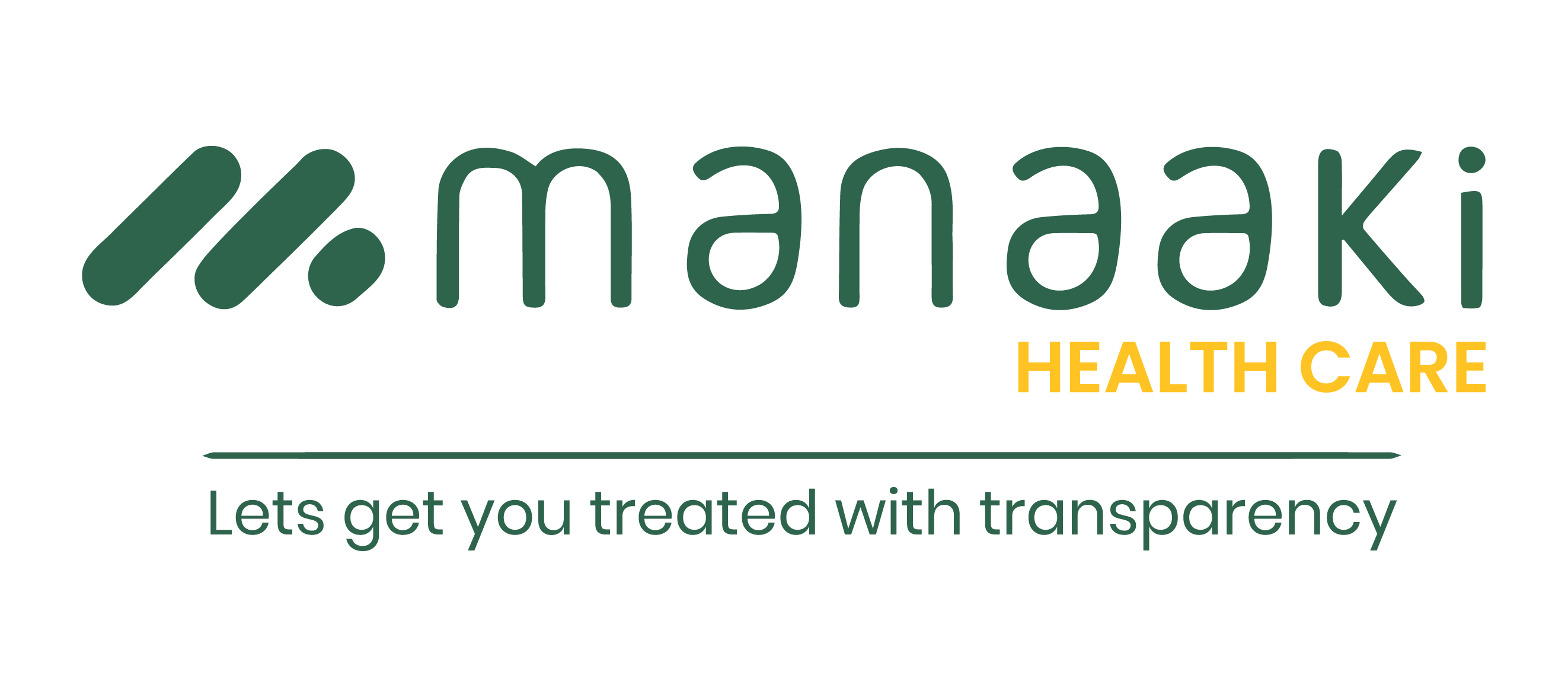Angioplasty surgery is successful in opening coronary arteries in well over 90% of patients. Up to 30% to 40% of patients with successful coronary angioplasty surgery will develop recurrent narrowing at the site of balloon inflation. The use of newer devices such as intracoronary stents and atherectomy, as well as newer pharmacologic agents has resulted in higher success rates, reduced complications, and reduced recurrence after percutaneous coronary intervention. Currently, the recurrence rate after the stent is under 10%.
Causes for blocked arteries:
Following are the signs and symptoms of Coronary Atherosclerosis:
- Severe chest pain, which gets worse with emotional stress or vigorous physical activity
- Sensation such as heavy weight on the chest
- Uneven heart palpitations
- Breath shortness
- Nausea
- Dizziness
- Weakness
Treatment Options for Coronary Atherosclerosis:
If the stress test shows blockage in the arteries but the patient is not at high risk for complications, doctors prescribe medication as a first step.
Non-surgical options include:
Medications: Various drugs can slow — or even reverse — the effects of atherosclerosis. Here are some common choices:
- Cholesterol medications
- Anti-platelet medications
- Beta blocker medications
- Angiotensin-converting enzyme (ACE) inhibitors
- Calcium channel blockers
If a patient doesn’t respond to medicine, doctors begin discussions about more invasive procedures.
Surgical Options include:
• Angioplasty and stent placement. In this procedure, your doctor inserts a long, thin tube (catheter) into the blocked or narrowed part of your artery. A second catheter with a deflated balloon on its tip is then passed through the catheter to the narrowed area.
• The balloon is then inflated, compressing the deposits against your artery walls. A mesh tube (stent) is usually left in the artery to help keep the artery open.
• Endarterectomy. In some cases, fatty deposits must be surgically removed from the walls of a narrowed artery. When the procedure is done on arteries in the neck (the carotid arteries), it’s called a carotid endarterectomy.
• Fibrinolytic therapy. If you have an artery that’s blocked by a blood clot, your doctor may use a clot-dissolving drug to break it apart.
• Bypass surgery. Your doctor may create a graft bypass using a vessel from another part of your body or a tube made of synthetic fabric. This allows blood to flow around the blocked or narrowed artery.
Procedure:
Before the angioplasty surgery begins, you will receive some pain medicine. You may also be given medicine that relaxes you, and blood-thinning medicines to prevent a blood clot from forming. You will lie on a padded table. Your doctor will insert a flexible tube (catheter) into an artery. Sometimes the catheter will be placed in your arm or wrist, or in your upper leg (groin) area. You will be awake during the procedure. The doctor will use live x-ray pictures to carefully guide the catheter up into your heart and arteries. Liquid contrast (sometimes called “dye,” will be injected into your body to highlight blood flow through the arteries. This helps the doctor see any blockages in the blood vessels that lead to your heart. A guide wire is moved into and across the blockage. A balloon catheter is pushed over the guide wire and into the blockage. The balloon on the end is blown up (inflated). This opens the blocked vessel and restores proper blood flow to the heart. A wire mesh tube (stent) may then be placed in this blocked area. The stent is inserted along with the balloon catheter. It expands when the balloon is inflated. The stent is left there to help keep the artery open.
Prevention:
Heart disease is a major cause of disability. There are many things that can raise your risk for heart disease. They are called risk factors. Some of them you cannot control, but there are many that you can control. Learning about them can lower your risk of heart disease. Some are listed below:
- Control your blood pressure
- Keep your cholesterol and triglyceride levels under control
- Stay at a healthy weight
- Eat a healthy diet
- Get regular exercise
- Limit alcohol
- Don’t smoke
Expected Results: The treatment goals for patients with coronary artery atherosclerosis are to relieve symptoms of coronary artery disease (CAD) and to prevent future cardiac events, such as unstable angina, AMI, and death.
Know if you’re a candidate:
Angioplasty may be a treatment option for you if:
• You have tried medications or lifestyle changes but these have not improved your heart health.
• You have chest pain (angina) that is worsening.
• You have a heart attack. Angioplasty can quickly open a blocked artery, reducing damage to your heart.
Angioplasty isn’t for everyone. Depending on the extent of your heart disease and your overall health, your doctor may determine that coronary artery bypass surgery is a better option than angioplasty for you.
Recovery Timeline:
After having Angioplasty you will get discharge from the hospital is usually 12 to 24 hours after the catheter is removed. Lots of patients are able to return to work or routine life within a few days to a week after the procedure.
Cost for Angioplasty: Visit India for the Heart Disease Prevention and Treatment. At Manaaki, you get the best Cardiology Treatment Packages, which include diagnosis, treatments in well-known healthcare centers, number of days, operating room and professional fees, medications, state-of-the-art technology. We provide the patients with expert treatment and care. The evaluation for Angioplasty surgery may take upto USD 500-1000 and USD 3000-3500 for Angioplasty Procedure.
